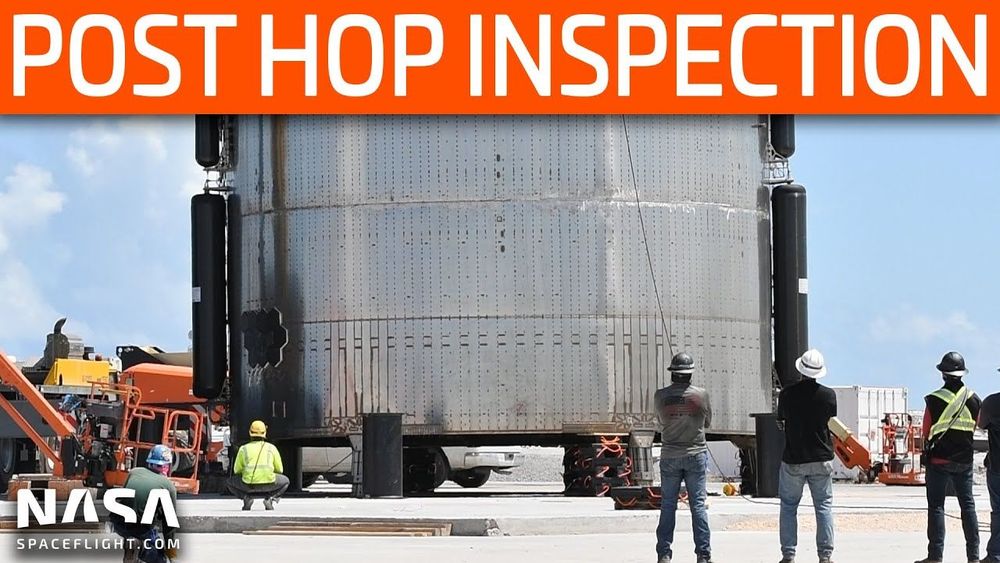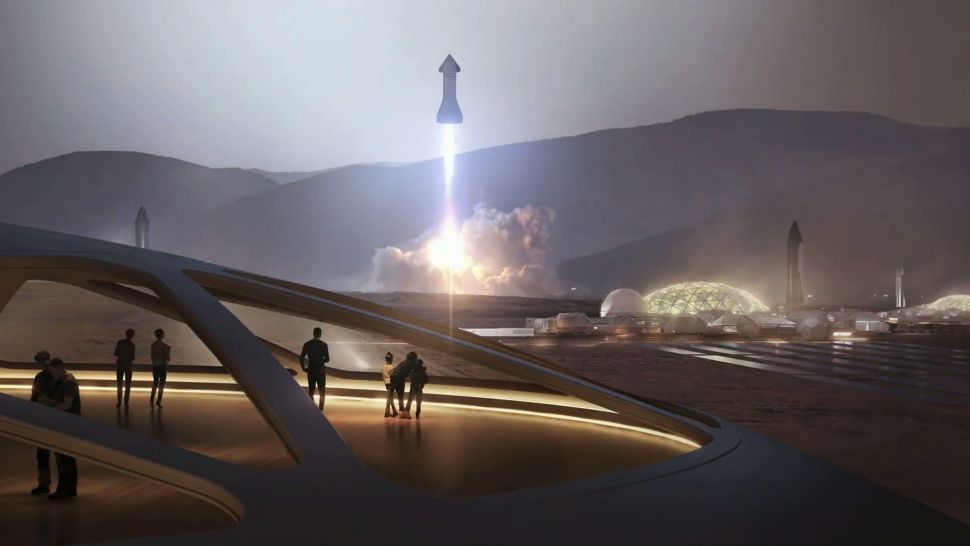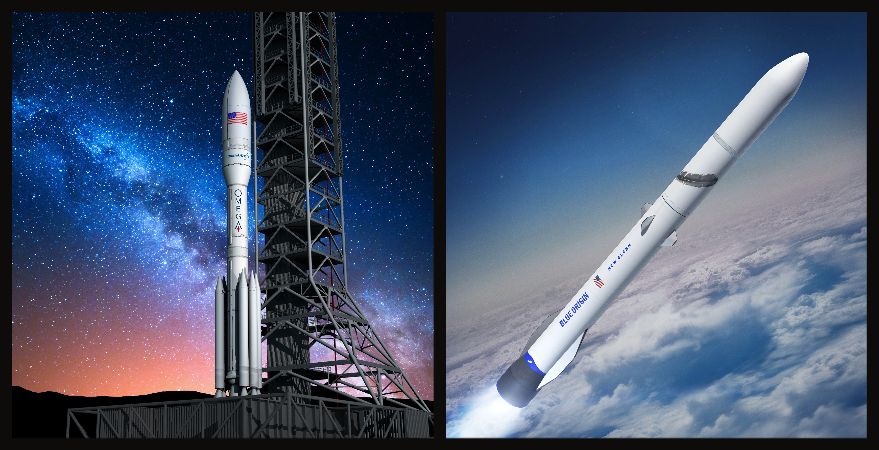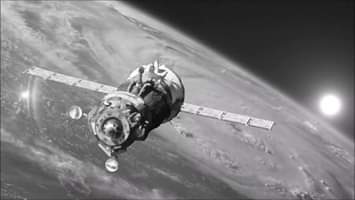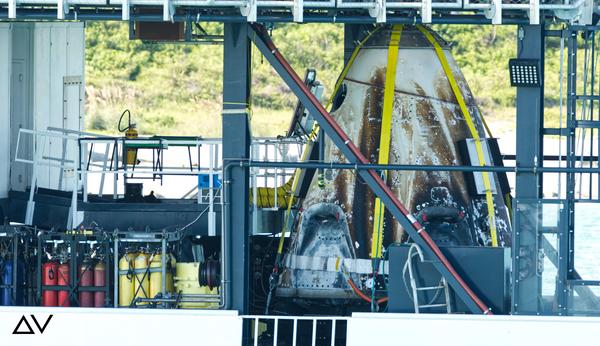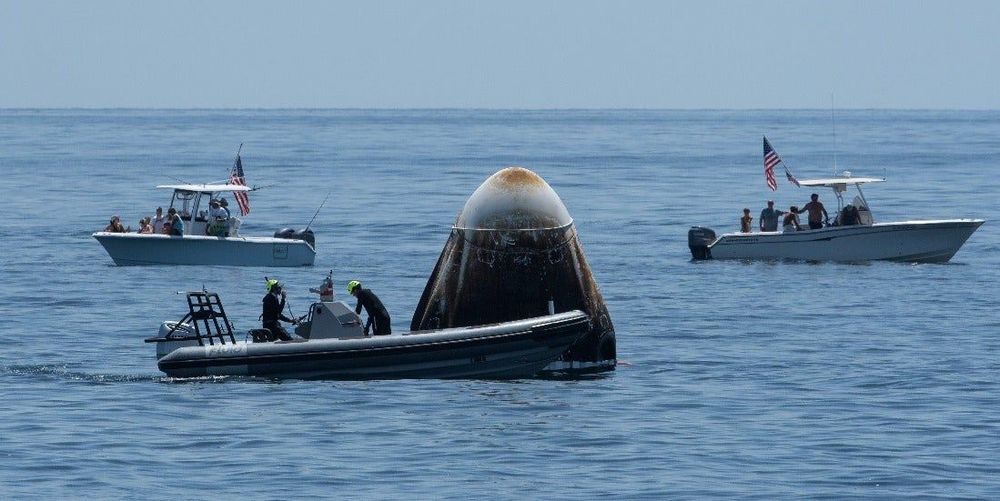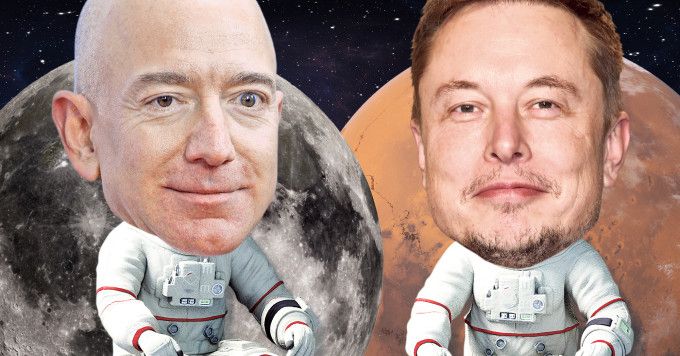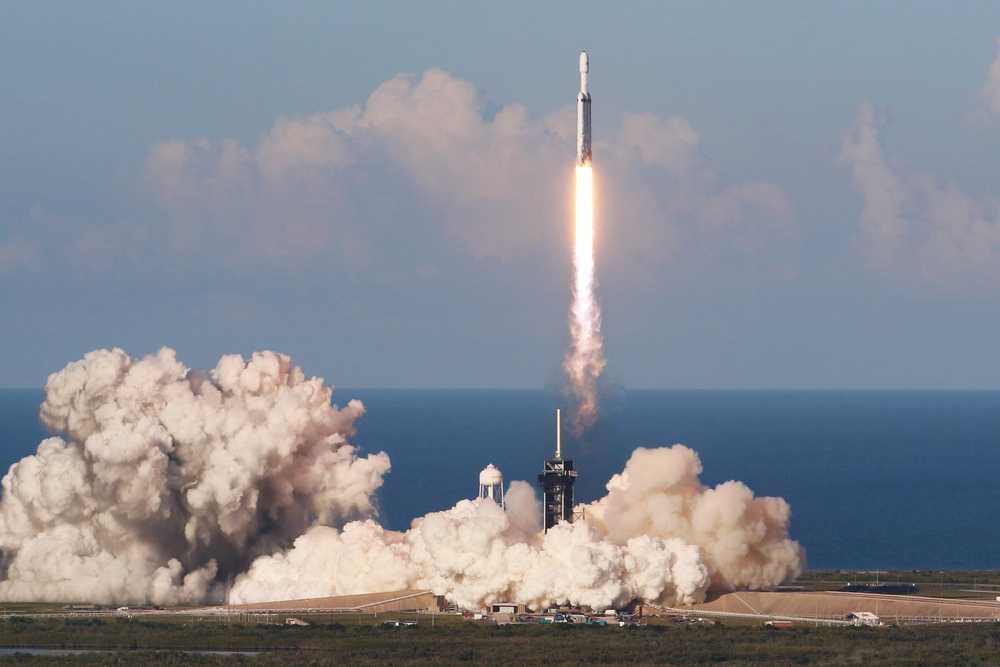It would be fun to die in Mars.
Imagine living in Texas a few decades from now and suddenly being possessed with the desire to visit the moon. Traditionally, the only way such a dream could become reality would be for you to go through the arduous process of becoming a NASA astronaut and then hoping that Congress would fund a back-to-the-moon program.
If SpaceX’s Elon Musk has his way, a new road will be devised to go to the moon — and Mars and beyond. The scrappy, entrepreneurial space launch company is planning to build an offshore spaceport to launch its Starship spacecraft. The rocket ship would not only fly to far distant destinations in space, but to similar offshore spaceports around the world. Travel to Europe and Asia would be cut from many hours to tens of minutes.
If he has his way, you will be able to travel down to the now-thriving port community of Boca Chica, possibly on a Hyperloop, the mass transit-system inspired by Elon Musk, and book passage on a SpaceX Starship for a vacation on the moon. You might look forward to hiking across the lunar landscape in a spacesuit, like Neil Armstrong so long ago and visiting the Tranquility Base monument and see where he and Buzz Aldrin first trod the moon’s surface.
